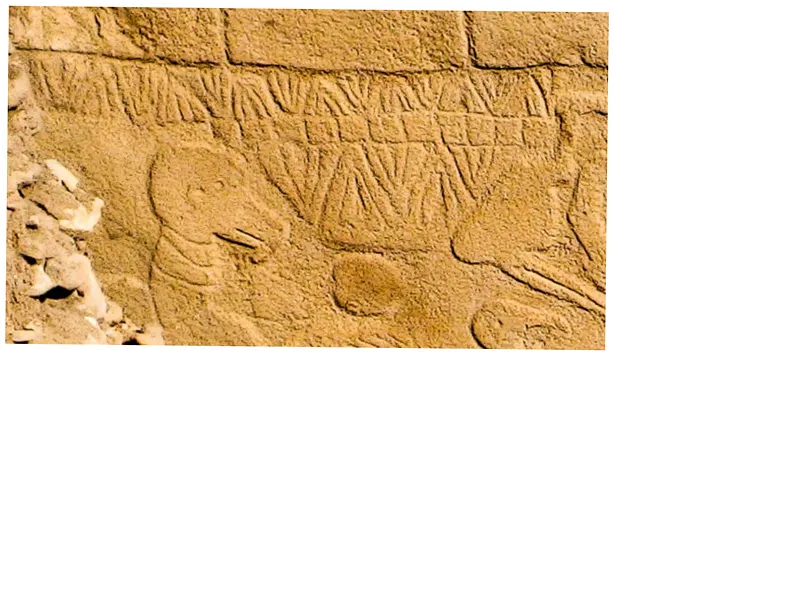A groundbreaking study reveals that the ancient site of Gobekli Tepe in southern Turkey may house the first known calendar, dating back over 12,000 years. This revelation reshapes our understanding of early human civilization and its astronomical knowledge.
Researchers, led by Scottish archaeologist Martin Sweetman from the University of Edinburgh, found stone columns at Gobekli Tepe engraved with intricate inscriptions. These markings suggest that ancient people were capable of tracking seasons and the solar year, potentially leading to the establishment of a lunisolar calendar long before other known systems.
The study indicates that the calendar was likely created in response to a significant astronomical event, possibly a comet impact that triggered a mini-ice age. This aligns with previous theories about a celestial body striking Earth 13,000 years ago, which may have catalyzed a shift from hunting to agriculture.
Gobekli Tepe, uncovered in 1965, has been a source of intrigue for scientists due to its complex geometric structures and enigmatic carvings. The site is believed to have played a crucial role in the development of human civilization, particularly in the Fertile Crescent, known as the cradle of agriculture.
While some experts, like Dr. Sofiane Kamoun, question the direct link between a comet collision and the site's construction, they acknowledge that ancient civilizations were likely aware of celestial events. This awareness was essential for agricultural societies that relied on seasonal cycles for planting and harvesting.






